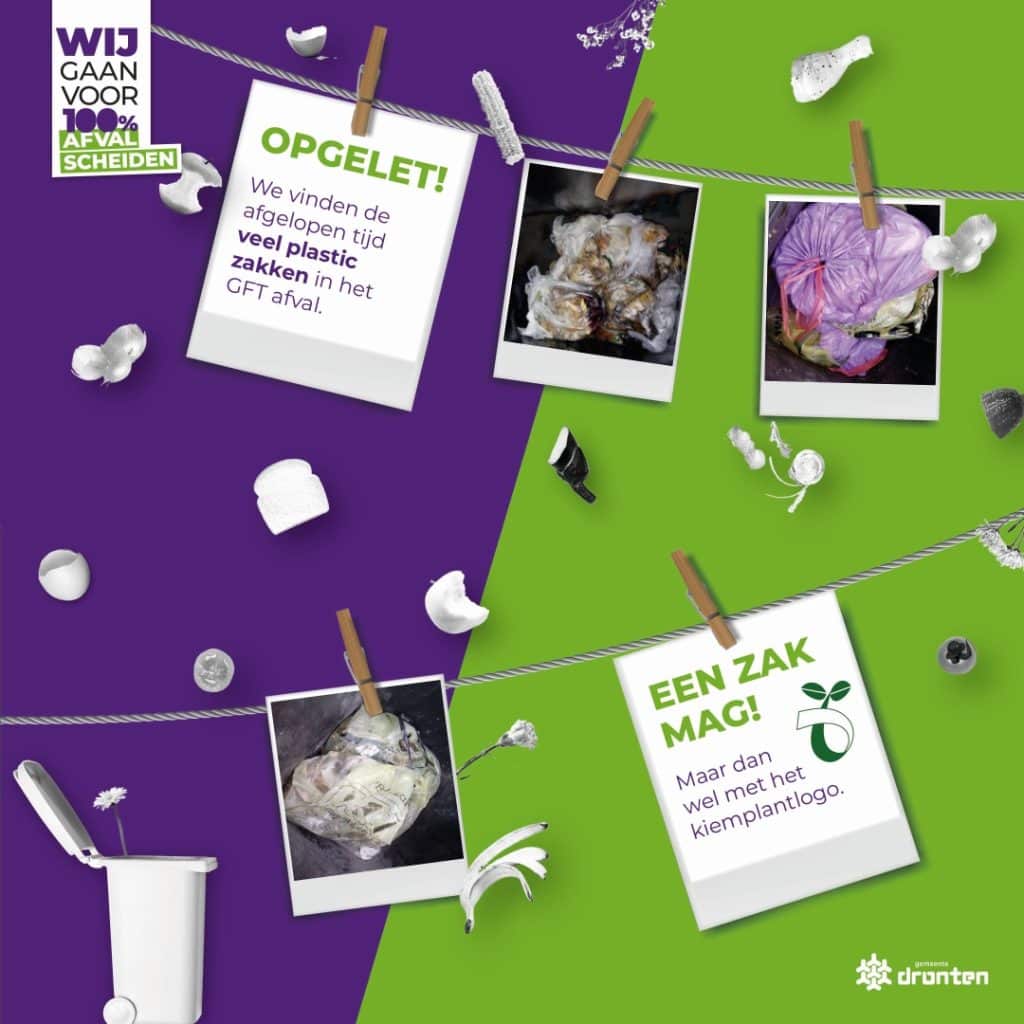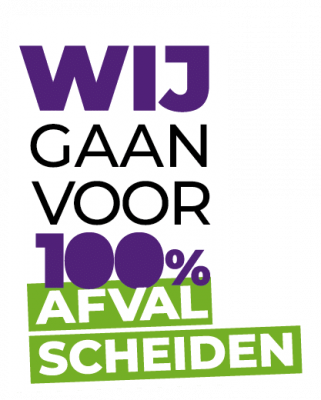
Why separate waste?
GFT also participates!
We are separating our waste at gemeente Dronten better and better. Yet something strikes us. Our sorting analyses show that 30 percent of our residual waste consists of vegetable, fruit and garden (GFT) waste.
This is unfortunate GFT is in fact reused and residual waste we burn. We are going for 100 percent waste separation. This is good for the environment and saves costs. Will you join us?
'Attention! We find many plastic bags in the GFT waste. Preferably put your GFT waste in the container without a bag. Do you want to pack your fruit, vegetables andl anyway? Use use a transparent bag with a visible the seedling logo. These are biodegradable.'

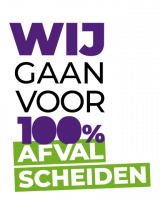
What goes with GFT & food waste?
GFT stands for vegetable, fruit and garden waste. We turn it into compost and biogas along with our food scraps.
- Peels and remains of vegetables, fruits and potatoes
- Coffee pods and tea bags
- Bread, pasta and rice
- Egg shells
- Food scraps (including fish bones, shells and bones)
- Peanut and nut shells
- Tainted food
- Small leftover gravy
- Loose tea leaves and coffee grounds
- Cheese rinds without plastic
- Cut flowers and houseplants
- Weeds, small trimmings, cut grass and leaves
- Manure, hay and straw from small pets such as a rabbit or hamster
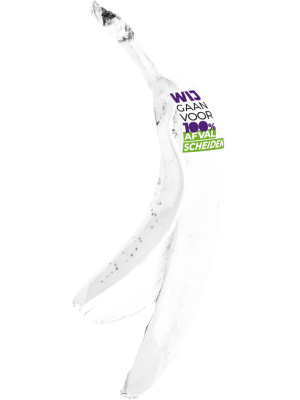
separation begins in the kitchen
pick up a free GFT bin
Separating organic waste starts in the kitchen. So you can tiDuring cooking, you canpeelings and small food scraps and put them in the kitchen waste bin at the end of the day. at the end of the day in the organic waste container.
Pick up your GFT bin for free at:
- the mobile junkyard
- or during special action days
Vegetable and food waste instinkers
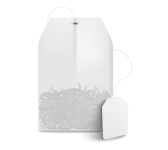
Tea bags? These can just go in the garbage.
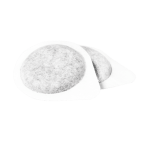
Coffee pods can also go in the organic waste container. Coffee cups do not, they belong in the residual waste.
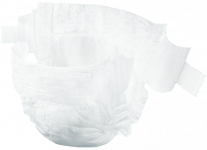
Diapers, throw them in the designated (underground) residual waste container.
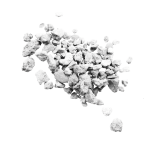
Cat litter does not belong in the garbage, but in residual waste. This is because cat litter can contain pathogens such as toxoplasmosis.
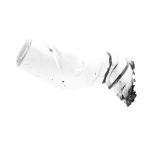
There is only one place to dispose of tobacco, cigarette butts and ashes and that is in the residual waste.
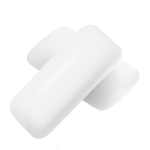
Chewing gum? In the garbage can with it! It takes 20 years for it to decompose. So you can't make compost out of it.
Here's how to make organic waste more recyclable
A full container of GFT and food scraps can yield as much as 15 to 20 pounds of compost. That comes in handy for improving the soil for agriculture and horticulture as well as for your own garden. It's just important that we separate our waste as best we can.
No plastic
Packaging should not be put in the garbage. Not even if they are made of biodegradable plastics. Only compostable bags made specifically for VGF waste are allowed in the VGF container.
As dry as possible
Make sure your GFT container stays as dry as possible. Allow cut grass to dry for a day and food scraps to drain in the sink before throwing them away.
Start in the kitchen
Throw away peelings and other scraps right away while cutting. Simply empty the small container into the GFT container. This also keeps the house smelling nice and fresh.
In the house, use a separate bin
Prevent foul odors
Maggots or foul odors in your GFT container? Of course you don't want that! Put a small bin on your kitchen counter for cut scraps. Make sure your bin stays as dry as possible. The moisture from garbage creates nasty odors. Putting straw or an old newspaper in the bottom of your container will absorb the moisture and keep it from stinking.



